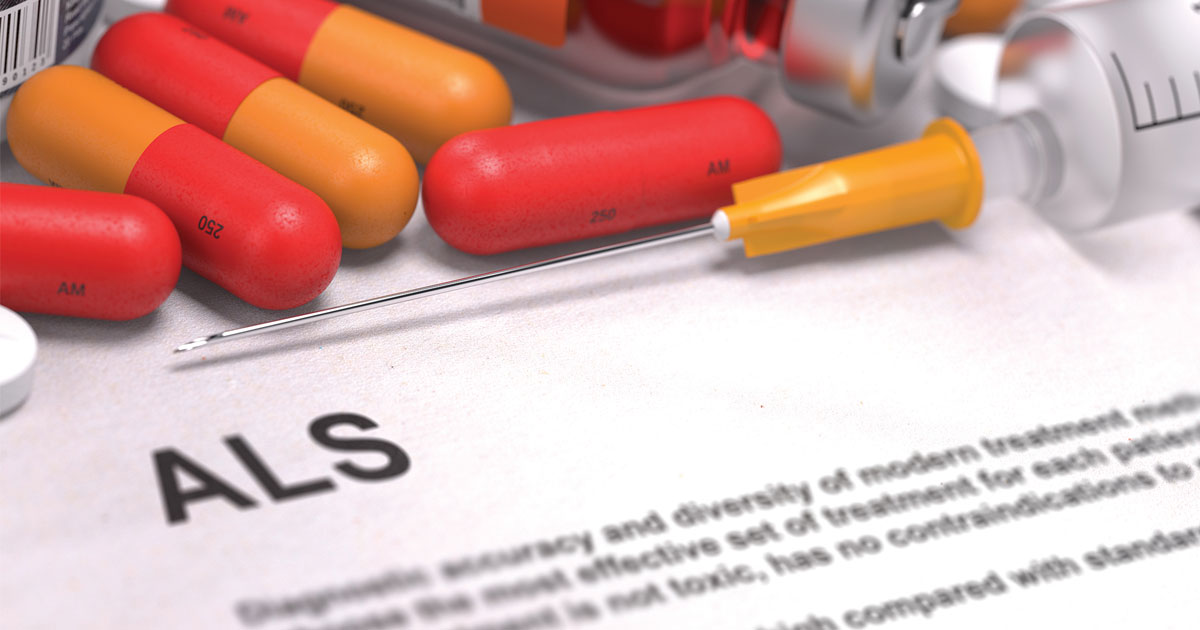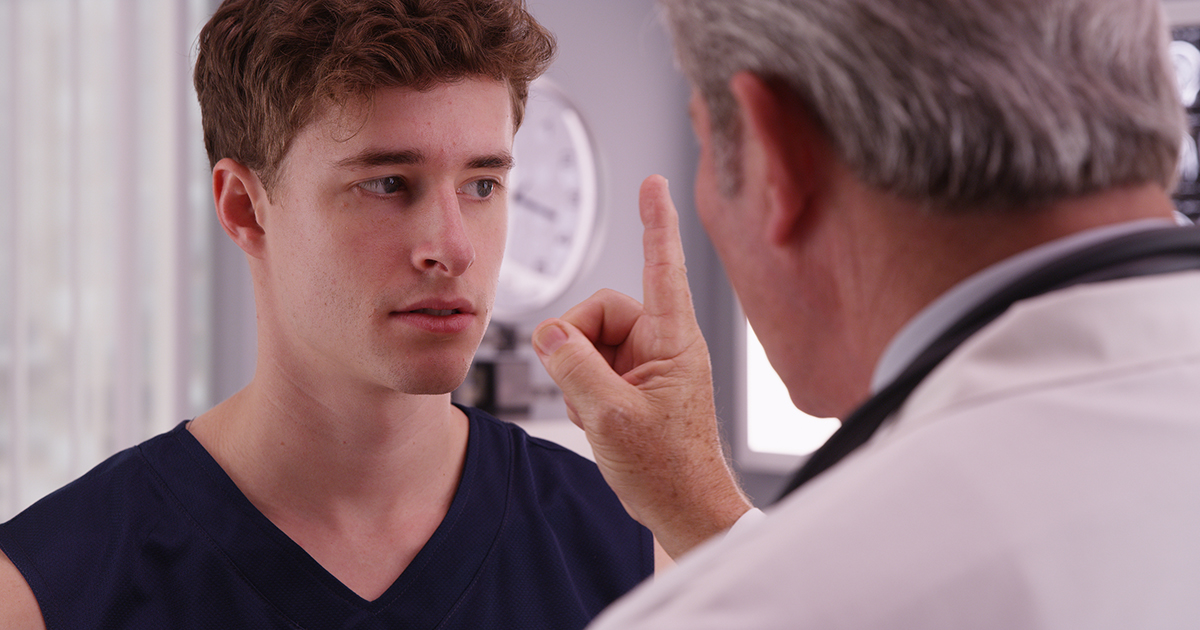Causes Of Pseudobulbar Affect
Brain Injuries
Traumatic brain injuries can take a number of forms, and their symptoms depend on the severity of the injury and the part of the brain affected, though they have been noted to often include pseudobulbar affect. A concussion is the mildest traumatic brain injury. In normal circumstances, the cerebral cortex, located at the front of the brain, can communicate with the cerebellum, which is located at the back of the brain. This communication allows individuals to regulate their emotional responses. However, if the cerebellum is damaged by nerve problems or lesions, this disrupts the communication. If an individual suspects they have a brain injury, they should get emergency medical help right away. This may include contacting their physician, calling 911, or going to the emergency room. Brain injuries have a number of different symptoms, and while some eas after a while, others are permanent.
Get the details on additional causes of pseudobulbar affect now.
Amyotrophic Lateral Sclerosis

Amyotrophic lateral sclerosis (ALS) is a progressive disease that causes degeneration in the nerves of the spinal cord and brain. The body has motor neurons that reach throughout the nervous system, from the muscles to the spinal cord, and then from the spinal cord to the brain. This condition causes these motor neurons to die, and without motor neurons, individuals lose the ability to control their movements. As the disease progressions, patients can lose the capacity to eat, speak, move, or breathe. They can also deal with pseudobulbar affect. There are two presentations amyotrophic lateral sclerosis. Sporadic ALS is by far the most common, accounting for between ninety to ninety-five percent of cases. This presentation of the disease can affect anyone throughout the world. Familial ALS is caused by a gene mutation passed down through families.
Learn more about what conditions can cause pseudobulbar affect now.
